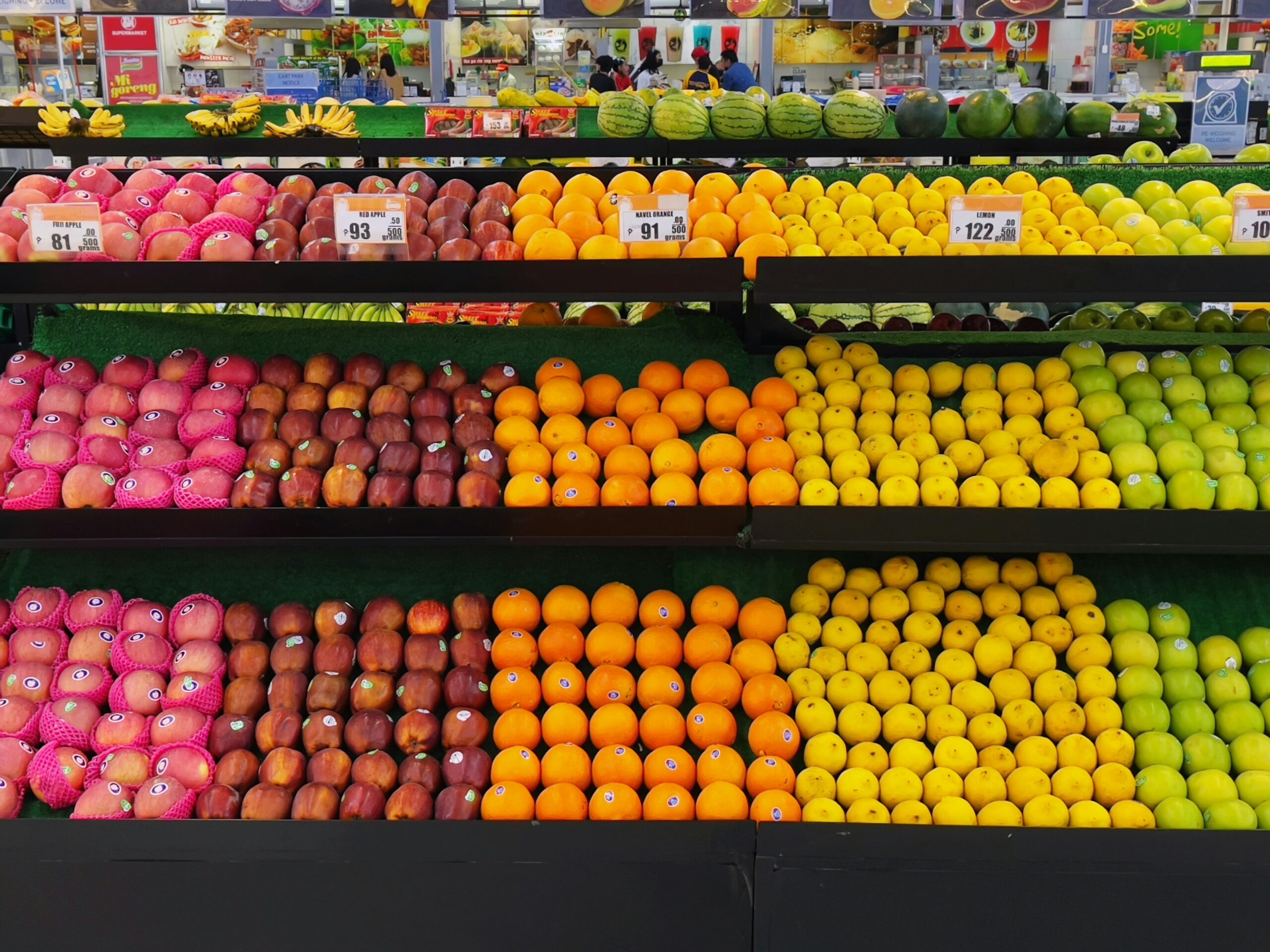NEW YORK CITY – At the 2024 BMO Farm to Market Conference, a few key themes emerged for the food, beverage, and agriculture sectors, including a focus on sustainability, better-for-you beverages, private-label products, and the prospects for controlled environment agriculture (CEA).
BMO hosted the 19th annual edition of the Farm to Market Conference May 15 and May 16 at the Westin New York, bringing together close to 700 key participants from across the global food and agriculture value chain. In a series of informational sessions, food industry stakeholders explored consumer demands, economic headwinds, and emerging trends.
Here are some featured insights from the conference.
Kroger Highlights Importance of Private Label in Retail
The Kroger Co. sees private label products as a way for it to offer value to its lower-income customers and also as a means to develop interesting products for consumers with more discretionary income who desire interesting food options.
And Kroger has the statistics to back up its interest in these products. Mary Ellen Adcock, Kroger’s senior vice president of operations, said the company’s own brands, if organized together, would represent the ninth-largest CPG company in the U.S.
“So we invest in innovation, we invest in technology to continue to improve those products, also part of sourcing benefits so that we can be more efficient…then we’re also partnering as a way to drive that innovation,” Adcock said.
Interim CFO Todd Foley noted that the company’s robust data platforms, empowered by the Kroger Boost Loyalty program, also helped to inform which products Kroger would try to create for its customers. This helped to lead to the Mercado brand, a Hispanic-themed private label.
“There’s more and more demand for multicultural [food products], and so we saw a unique opportunity with our brands to get into that space. Early, it’s a pretty limited assortment of products, but so far, we’re really encouraged with what we’re seeing and the economics around it,” Foley said.
Many Companies Still Focusing on Sustainability
When it comes to reducing carbon emissions, the agriculture sector will need to play a part. Between 20% and 25% of global emissions are due to agriculture, according to environmental commodities Rachel Walsh.
Walsh argued abating emissions is actually an opportunity for food producers.
“This is a significant contributor to emissions globally…but small changes on a meaningful scale can have significant impacts to global emissions,” she said.
Nonetheless, many companies contend with an increasingly confusing carbon offset market and increased scrutiny from consumers, investors, and even regulators.
In a fireside chat, JBS global chief sustainability officer Jason Weller shared some efforts the meatpacker was making to help make its operations become more sustainable.
The company identified that 85% of its emissions come from upstream and that it is working on ways to better connect with farmers. For example, Weller shared that Kroger had banned 18,000 ranching operations for illegal deforestation.
The company also tagged 15,000 cattle to test traceability from calf production to the slaughterhouse, and that it uses a satellite network to monitor 70,000 farms across Brazil to check for deforestation activity.
Weller noted the company was also making strides in the U.S. by finding ways to reduce energy and water needs at its facilities and is determining ways to take existing waste grain streams and transform them into energy.
CEA Industry Consolidated, but Stronger
In a session on CEA, audience questions pointed to recent bankruptcies and consolidation within the sector. Many wondered how strong the industry was in the wake of these developments.
This was a fact acknowledged by Viraj Puri, CEO of Gotham Greens, who saw the industry divided into three groups: dreamers, squanderers, and builders. Puri noted the dreamers may have lacked the technical skills to grow, while squanderers were able to raise money without optimizing operations.
“Then you’ve got third group, which really focused on the foundational elements of the business where things were difficult. They ran toward those things to fix them rather than turn away to help them disappear…builders are doing good work and it’s generating profitable companies,” he said.
Other questions focused on different types of CEA infrastructure. GoodLeaf Farms president and CEO Barry Murchie noted that traditional agriculture wouldn’t be able to sustain a growing population in the future, and that there were opportunities across the different types of concepts.
“Open-field farming is not going to be able to support things going forward. Some controlled environment agriculture is necessary, and I would expect as we go forward, at some point, there’s likely going to be some hybrid between greenhouses. So the importance of both technologies – greenhouse and vertical partners – progressing at a rapid pace, and then ultimately see where that intersection point comes, is the way to go,” he said.
Better-for-You Beverages on the Rise
Athletic Brewing co-founder and CEO Bill Shufelt noted that just 10 years ago, the non-alcoholic beverage industry had not evolved since the end of prohibition, but things had changed drastically within the last decade.
He noted company surveys found that many adults wanted to drink non-alcoholic beverages, but the industry was not yet meeting that need. He pointed to the increasing number of consumers engaging in the category as proof of this idea.
“So everyone’s like, ‘oh, this generation is not drinking.’ It’s more just like this generation is the first one that had an option about drinking [alcohol],” he said.
Amy Taylor, president and CEO of Zevia, a zero-sugar, plant-based soda brand, noted that the company planned to offer single cans across five northwestern states to bring the brand to more consumers.
The company expected increased velocity in the stores where it is currently stocked as it expands and refines its distribution relationships.
“We’ve been here for 15 years doing natural soda, and there’s new players that have come in and invested a ton, bringing a spotlight…and that rising tide can float all boats,” said Taylor.
The Food Institute Podcast
How are foodservice consumers contending with persistent inflation? Are they eating more at home, for example, or continuing to treat themselves at their favorite restaurants? The latest episode of The Food Institute Podcast examines that topic with Krystle Mobayeni of BentoBox, who dissected rapidly evolving consumer dining dynamics.












